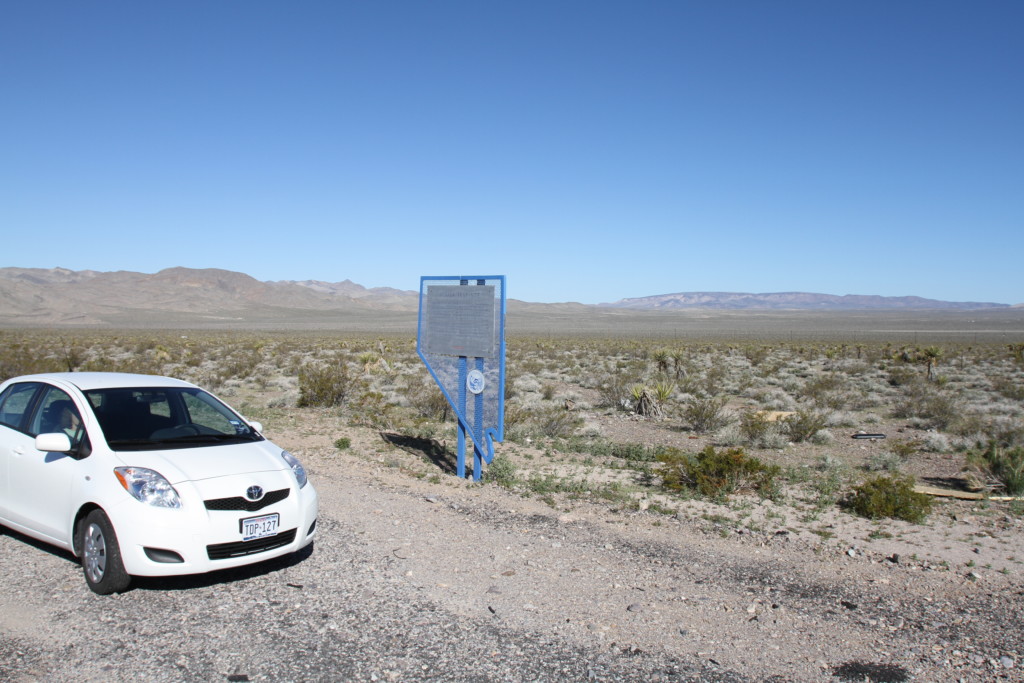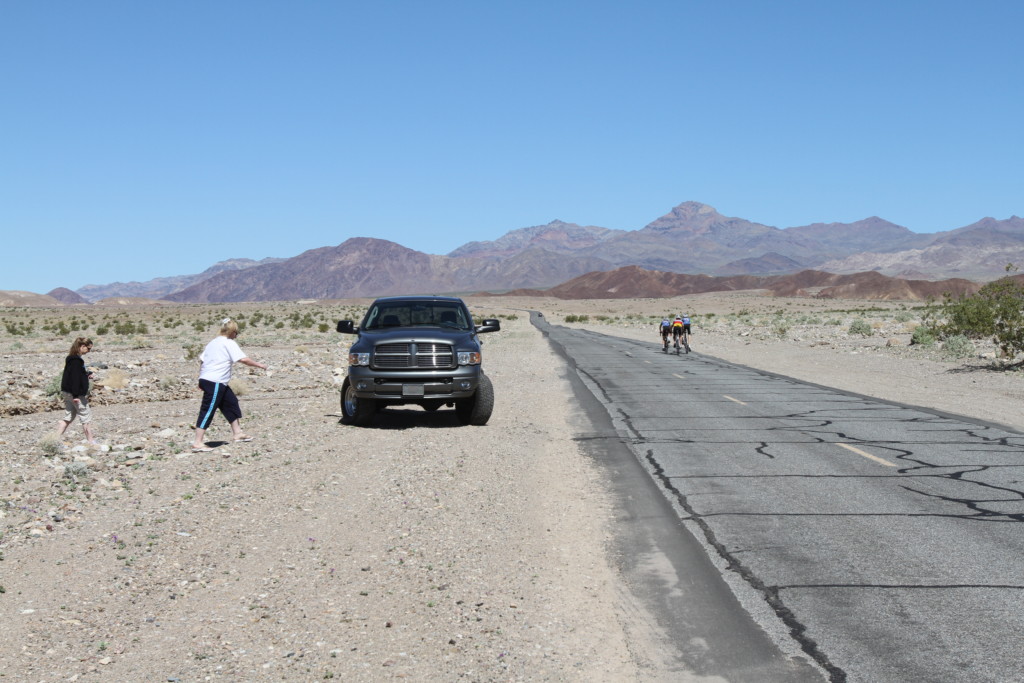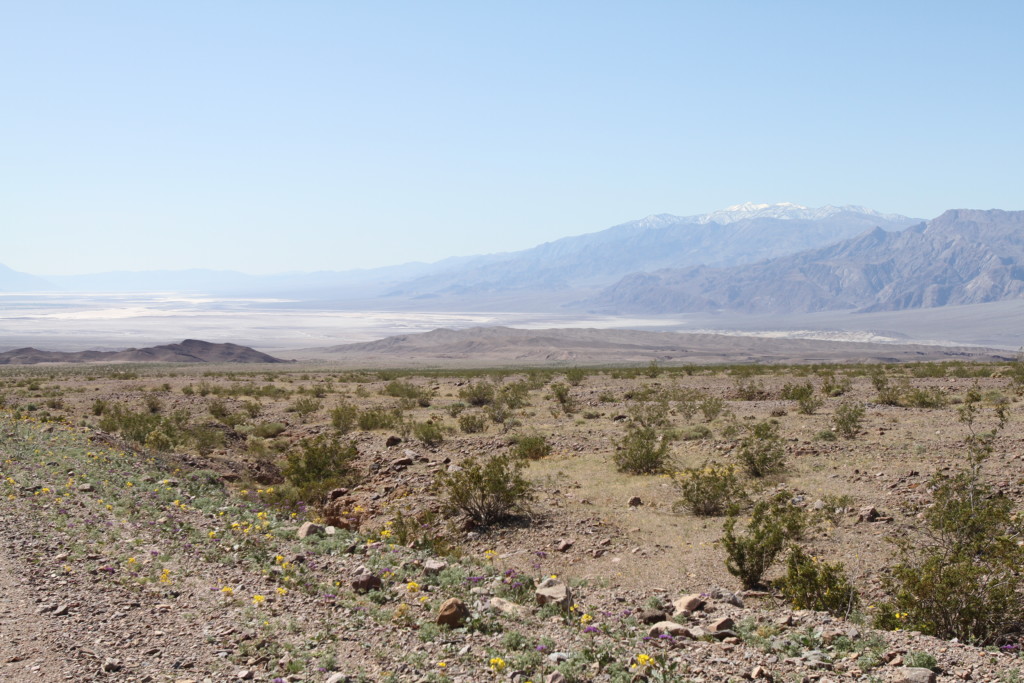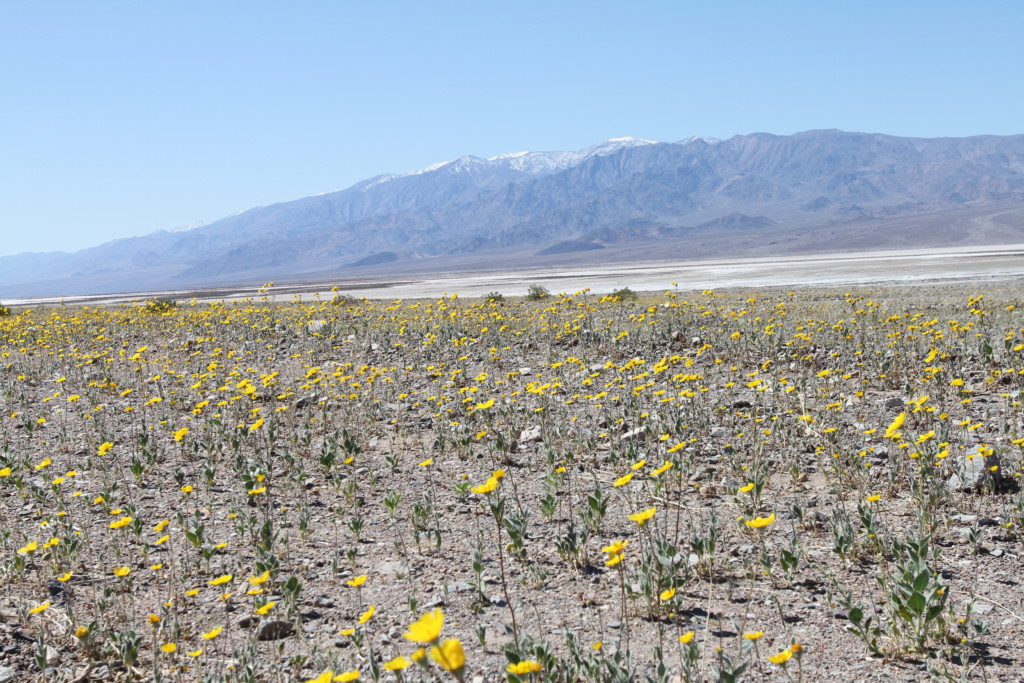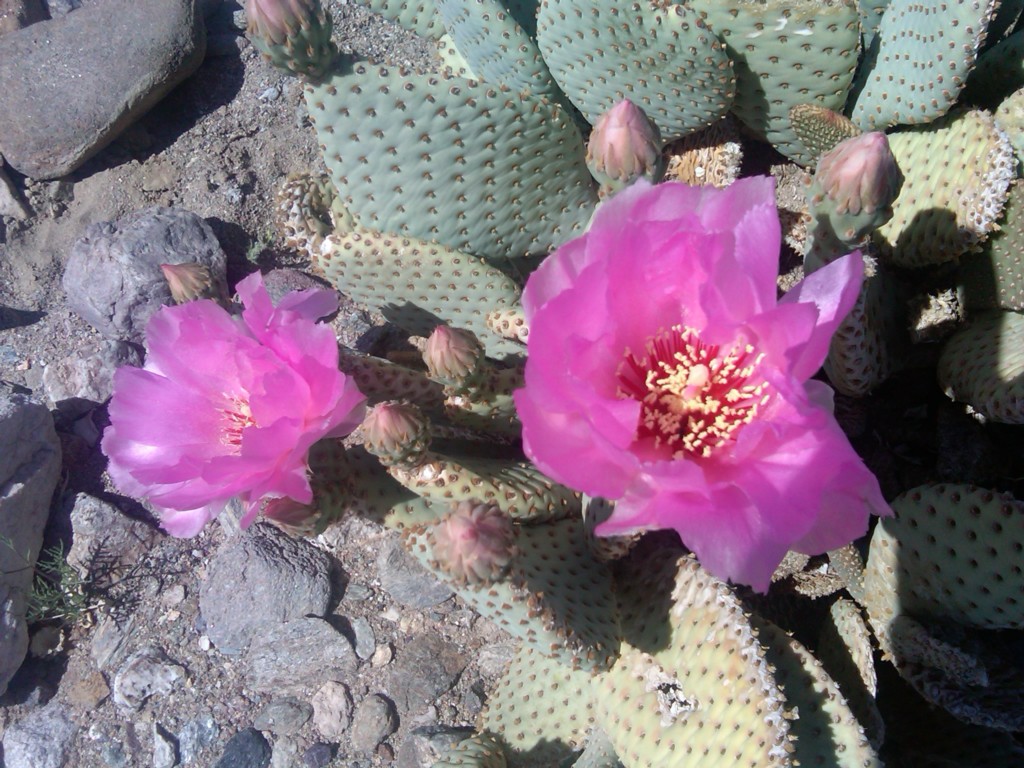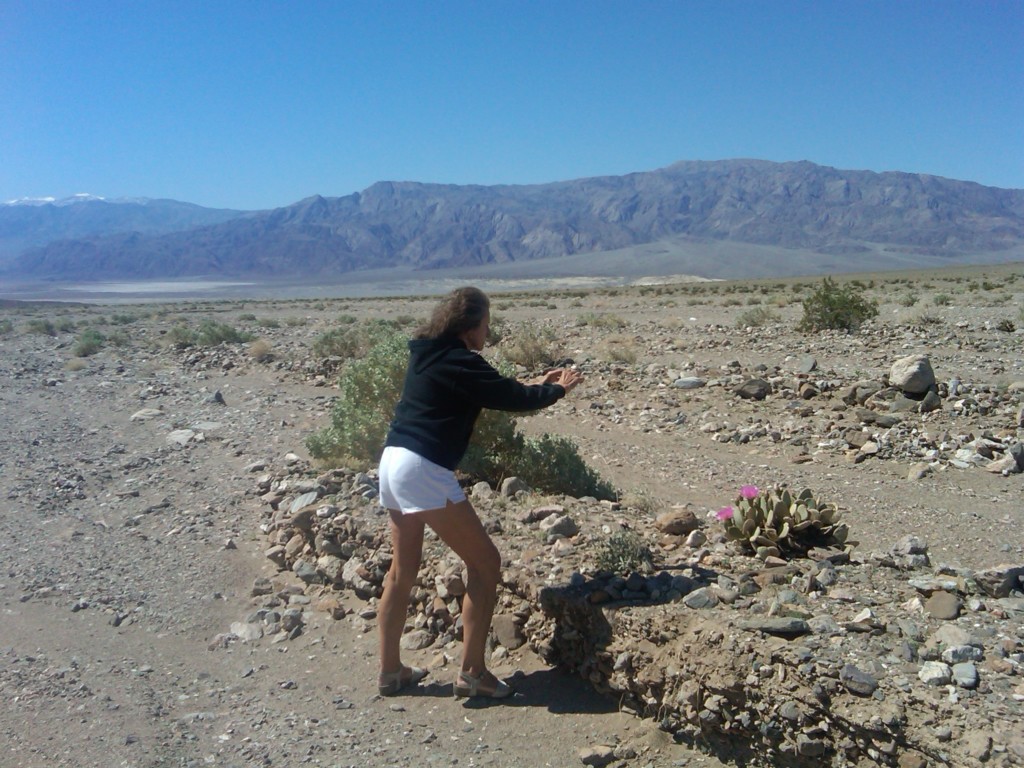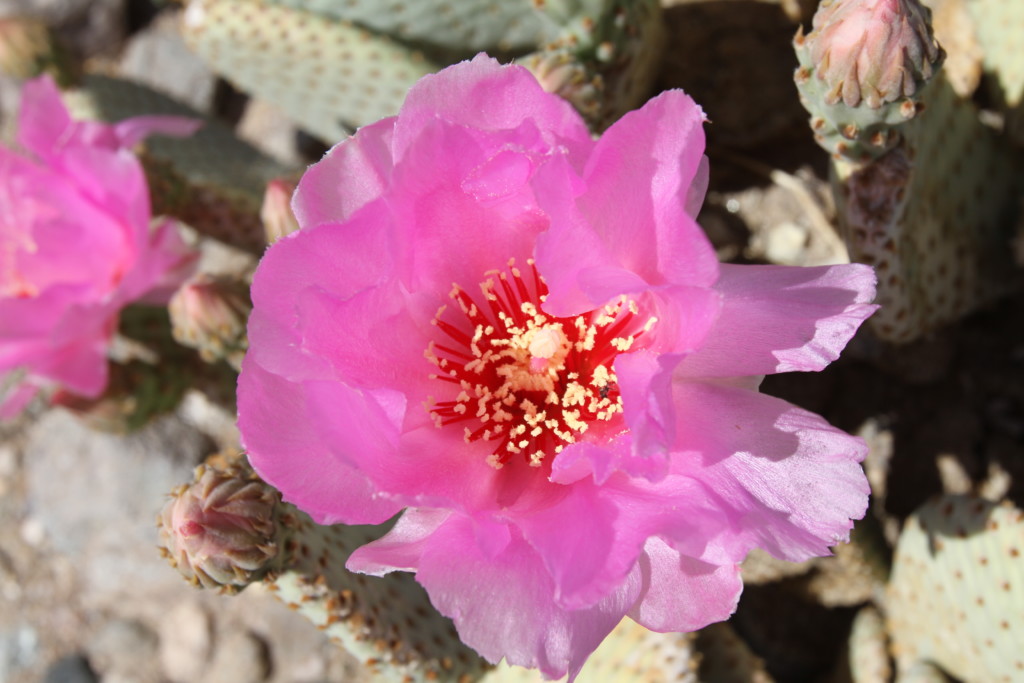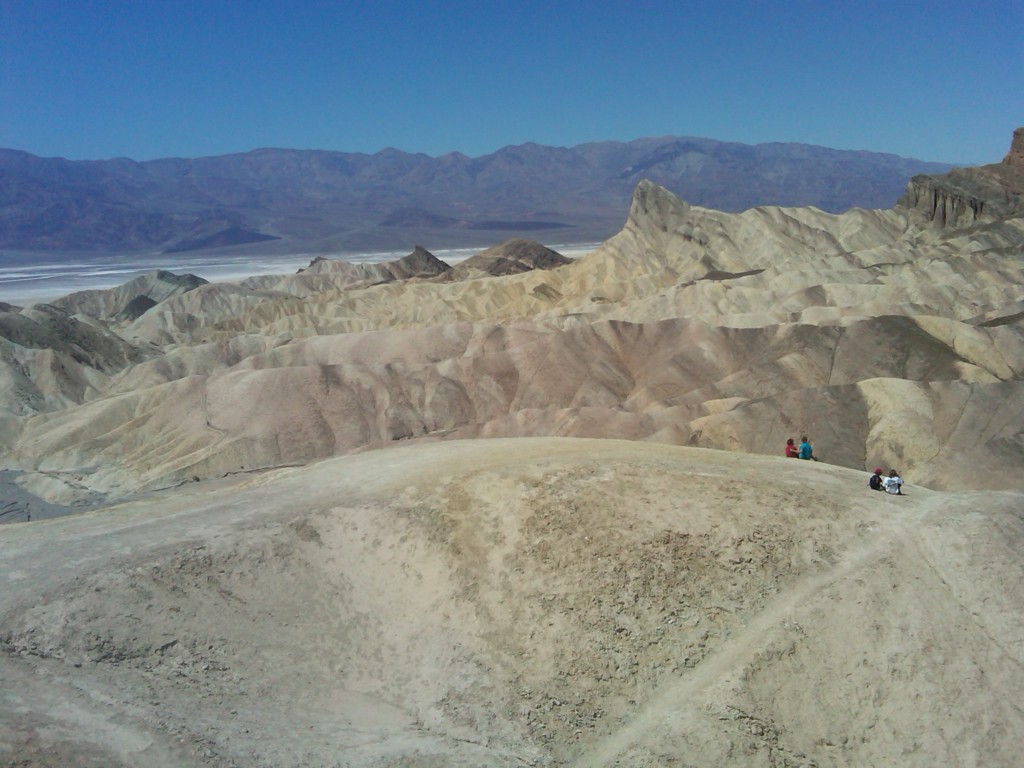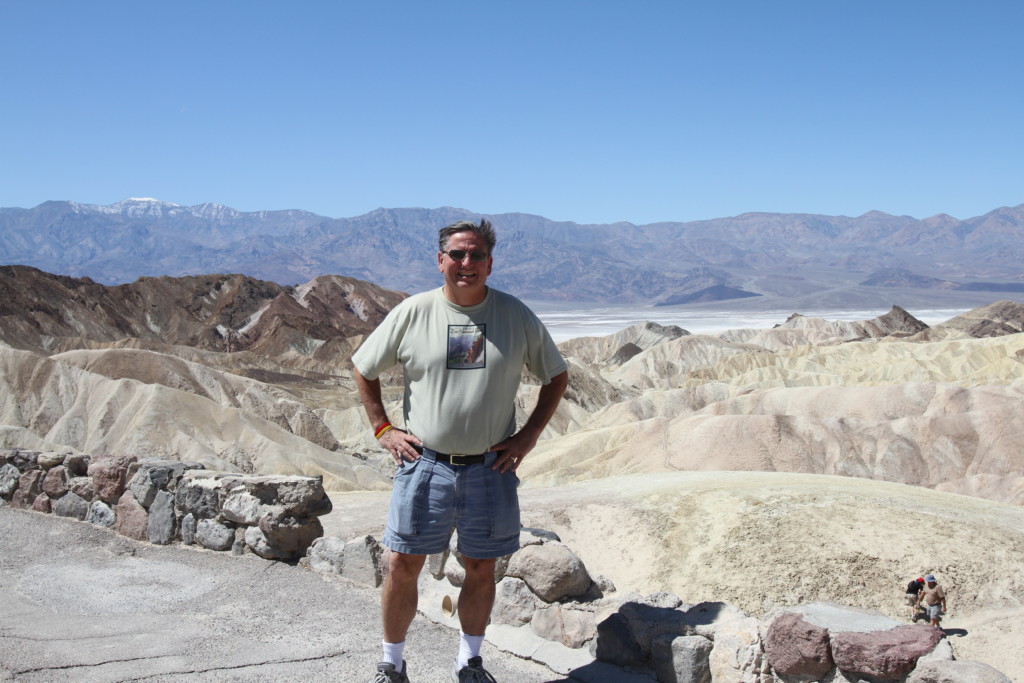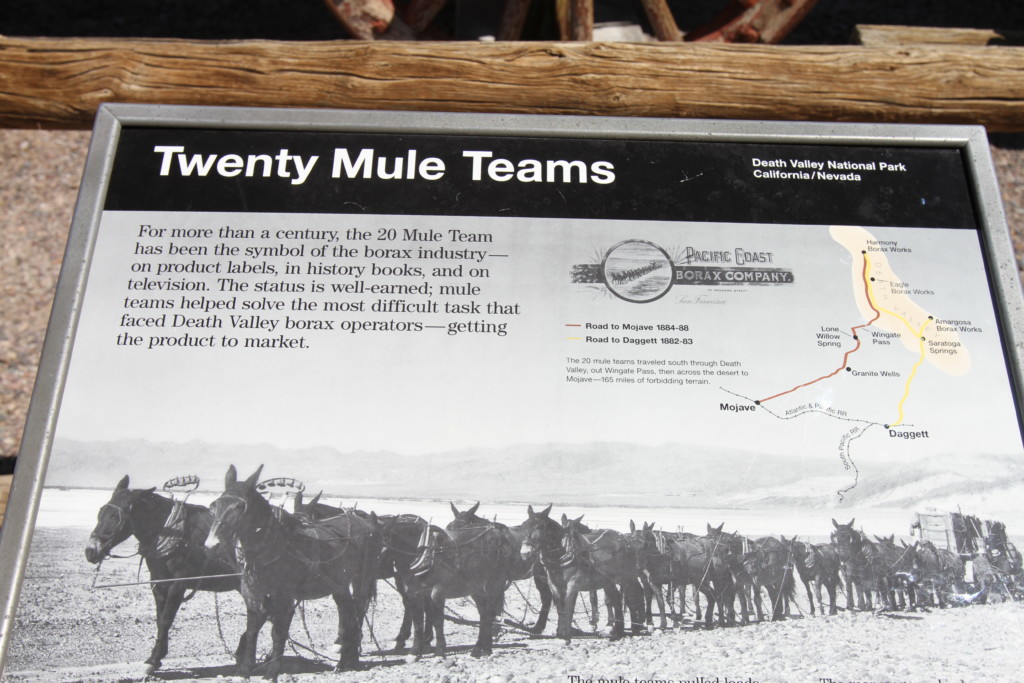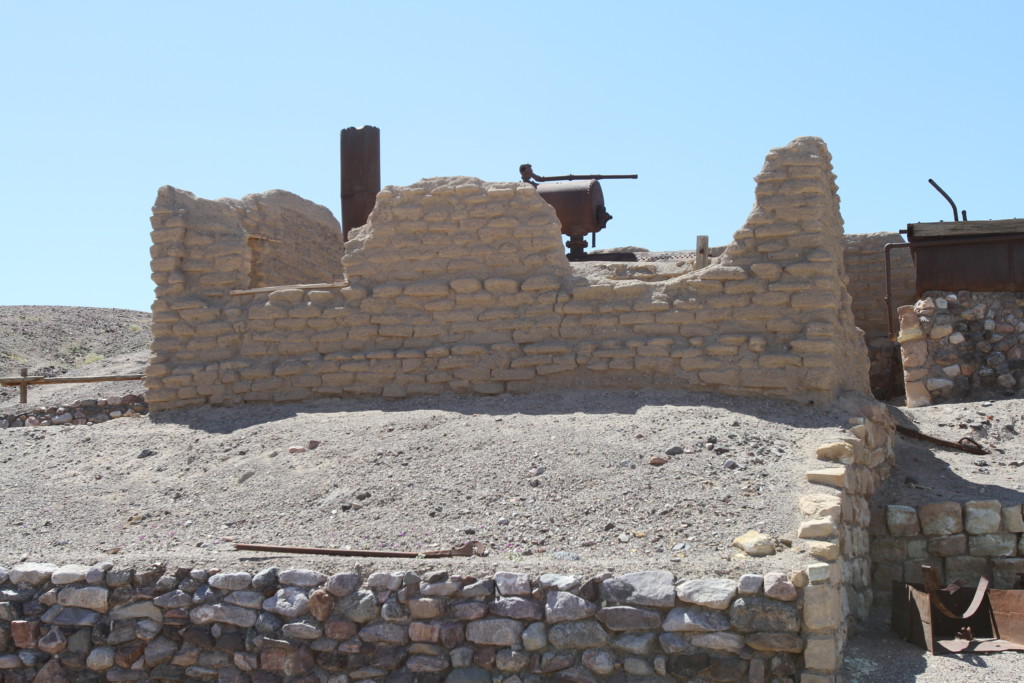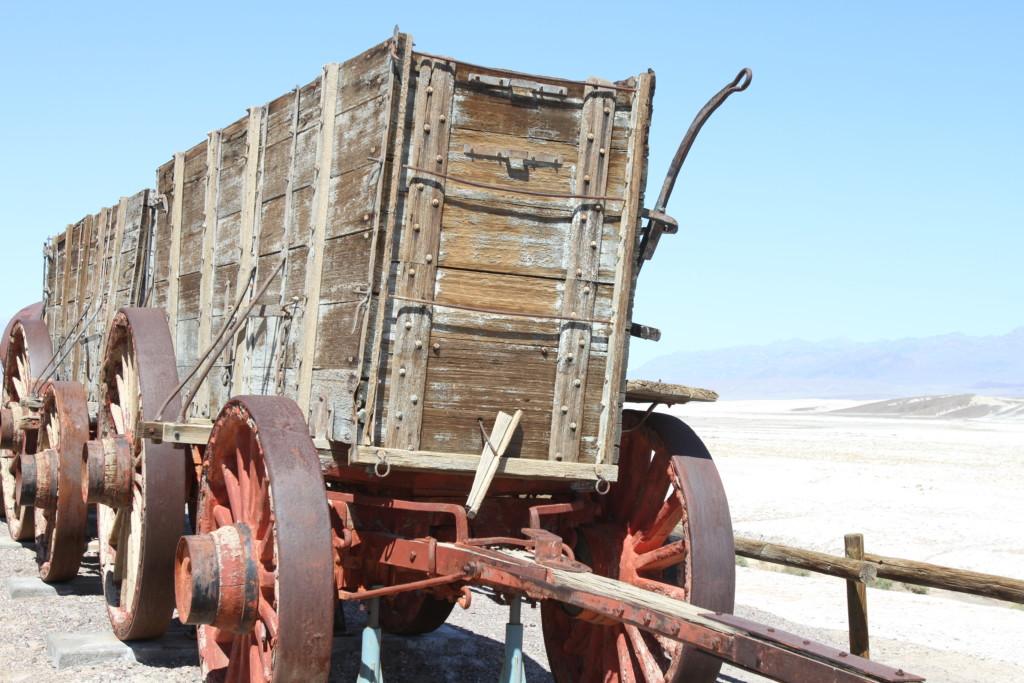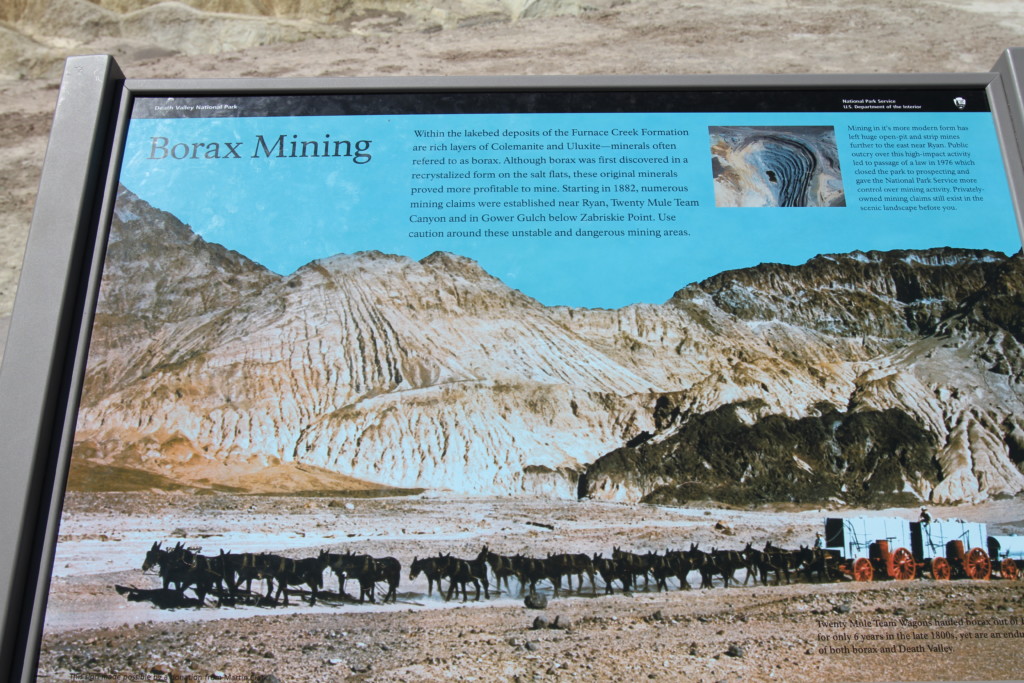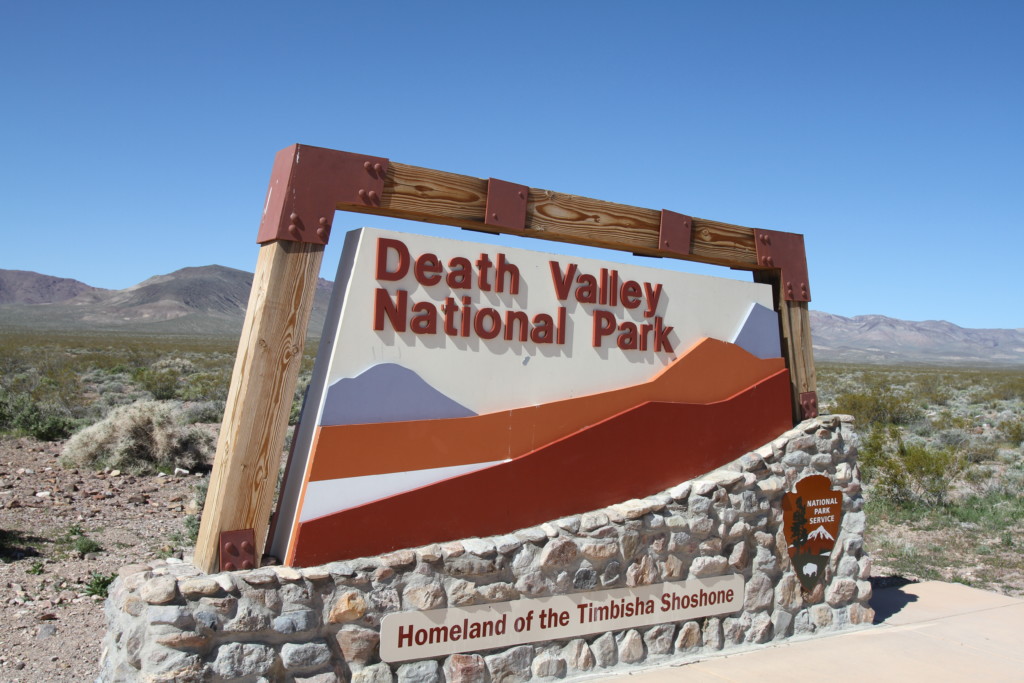Less than a two-hour drive from Las Vegas going on State Rd 95, is one of the most interesting National Parks that can be seen. As you are driving north, the open country from busy Las Vegas is welcoming. To the right, though, was Nevada’s Testing Range for the atomic bomb.
Taking a left on Nevada’s Route 374 will bring you into the National Park which is located on the border with California.
There are not many road signs, buildings or people in Death Valley. The road seems to go on for miles. If you continue west you will definitely reach into eastern California.
The open country is amazing. Death Valley is actually a valley basin between several mountain systems.
The area may have received its name when 13 pioneers trying to cross it perished trying to reach the 1849 California Gold Rush. This is definitely a desert valley.
The Badwater Basin in Death Valley is the lowest point at 282 feet below sea level. It is also in this area where the hottest temperature on earth was recorded in 1913 at 134F (56.7 C).
There are a number of years where Death Valley gets no rainfall whatsoever. The rains fall on the western side of the mountains in California never reaching the basin.
If there are rains, expect a cascade of beautiful wildflowers in the spring. In our visit in 2010, we were blessed to witness a good number of yellow wildflowers.
Even the cactus has a flower.
Kathie taking a picture of a cactus flower.
On Route 190 east there is an actual “Furnace Creek Inn” where you can actually stay. Not far is Zabriskie Point where large sedimentary mounds are located that were created by a sea over five million years ago. There is a neat observatory point. The elevation is just a bit over 800 feet.
Sometimes Death Valley looks to have “snow” on it. This snow is salt flats, and in other areas it is a high concentration of Borax.
Borax is a white looking substance that is used mainly as a cleaning agent. It is also a booster for laundry detergent. Borax was mined in Death Valley since the 1880s. Twenty Mule team wagons were used to transport the borax.
The desert air has preserved the mining area as well as these funny looking wagons.
The large-scale Borax mining came to an end in 1915.
In 1933, Herbert Hoover, who had majored in Geology, made the area into a National Monument before he left office. In 1994, Congress made Death Valley into a National Park.

